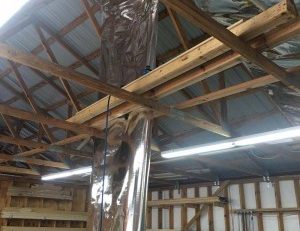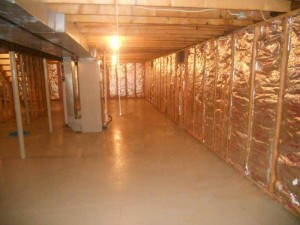Radiant Barrier Foil Compared to Fiberglass Insulation
There is no comparison. Actually, with few exceptions, they should be used together as often as possible. The two types are extremely effective together in reducing heat transfer. The foil is the barrier blocking the flow of radiant heat and the fiberglass stops air movement, trapping a dead layer of air, increasing the areas resistance to absorbing or losing heat.
Unfortunately some poorly used marketing misconceptions that reflective foil does not work, or fiberglass insulation is now dangerous and therefore should not be installed are unfounded. There are a few basic limitations for both products.
Do not use fiberglass in moisture prone areas. Wear appropriate protection while installing making sure to wear a duct mask. And that is all. After fiberglass is installed it is rarely disturbed.
For radiant barriers make sure to provide an airspace. Aluminum, although an excellent reflector, is also a conductor. Radiant barriers are generally used in attics and roofs and there are several distinct installation methods to choose which all include an airspace.
Make sure when insulating to understand how heat moves and how this affects the area you are working on. Incorporate air movement when needed and do not be afraid to use whatever mix of materials will accomplish your goals. This will ensure your project is the most effective and energy saving it can be.




Leave a Reply